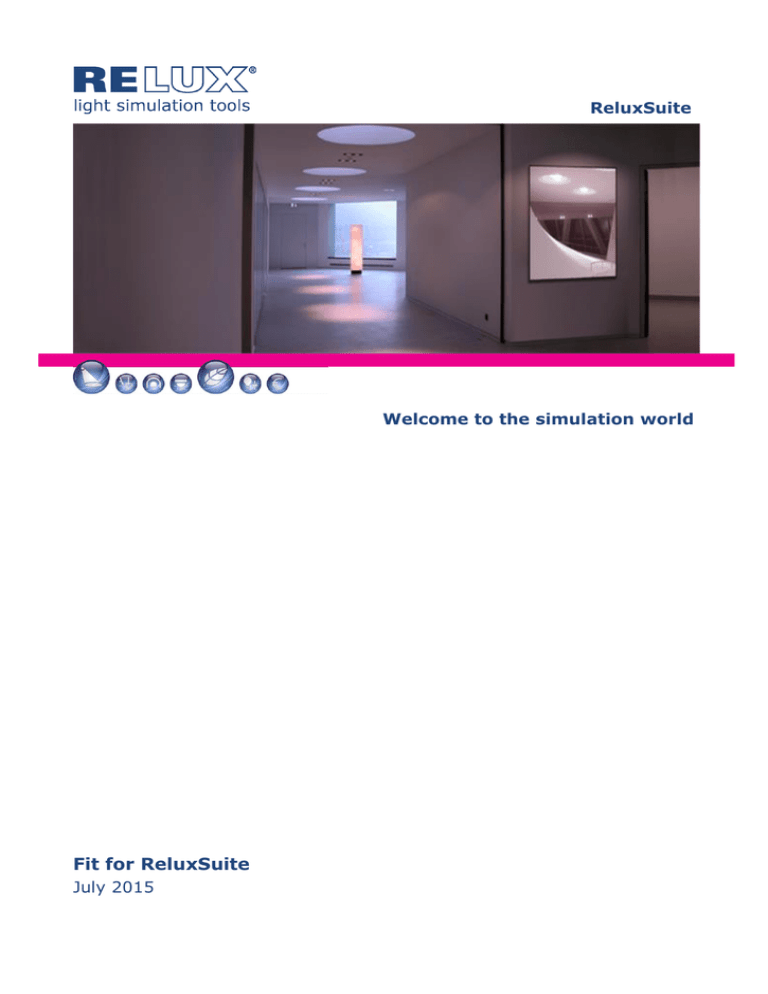

reported that patients with proven GERD with or without a small hiatal hernia had similar LES function abnormalities and acid clearance. Nonetheless, the presence of hiatal hernia plays a vital role in the pathogenesis of GERD as it hinders the LES function. Hiatal hernia is frequently associated with GERD and can exist independently without causing any symptoms. The LES tone and TLESRs are influenced by factors such as alcohol use, smoking, caffeine, pregnancy, certain medications like nitrates, and calcium channel blockers. The exact mechanism of increased transient relaxation is unknown, but TLESRs account for 48-73% of GERD symptoms. Patients with symptoms of GERD may have frequent transient LES relaxations (TLESRs) not triggered by swallowing, resulting in exceeding the intragastric pressure more than LES pressures permitting reflux of gastric contents into the esophagus.

In otherwise healthy individuals, LES maintains a high-pressure zone above intragastric pressures with transient relaxation of the LES that occurs physiologically in response to a meal facilitating the passage of food into the stomach. The LES is a 3-4 cm tonically contracted smooth muscle segment located at the esophagogastric junction (EGJ) and, along with the crural diaphragm forms the physiological EGJ barrier, which prevents the retrograde migration of acidic gastric contents into the esophagus. Impaired Lower Esophageal Sphincter (LES) Function and Transient Lower Esophageal Sphincter Relaxations (TLESRs) The pathophysiology of GERD is multifactorial and is best explained by various mechanisms involved, including the influence of the tone of the lower esophageal sphincter, the presence of a hiatal hernia, esophageal mucosal defense against the refluxate and esophageal motility. Several other risk factors have been independently associated with the development of GERD symptoms that include age ≥50 years, low socioeconomic status, tobacco use, consumption of excess alcohol, connective tissue disorders, pregnancy, postprandial supination, and different classes of drugs which include anticholinergic drugs, benzodiazepines, NSAID or aspirin use, nitroglycerin, albuterol, calcium channel blockers, antidepressants, and glucagon. evaluated the predictive factors for erosive reflux disease in more than 6000 patients with GERD and noted that the odds ratio for the erosive disease increased with the body mass index (BMI). The ProGERD study by Malfertheiner, et al. A meta-analysis by Hampel H et al. concluded that obesity was associated with an increased risk of developing GERD symptoms, erosive esophagitis, and esophageal carcinoma. Anatomical factors like the presence of hiatal hernia or an increase in intra-abdominal pressure, as seen in obesity are associated with an increased risk of developing GERD. Motor abnormalities such as esophageal dysmotility causing impaired esophageal acid clearance, impairment in the tone of the lower esophageal sphincter (LES), transient LES relaxation, and delayed gastric emptying are included in the causation of GERD. Over the years, several risk factors have been identified and implicated in the pathogenesis of GERD. However, medically refractory GERD is becoming increasingly common, requiring a tailored approach in the management of GERD.Ĭurrently, there is no known cause to explain the development of GERD.

Over the years, the mainstay in the management of GERD has been lifestyle modifications, and proton pump inhibitors (PPIs). NERD is the most prevalent phenotype seen in 60-70% of patients followed by erosive esophagitis and BE seen in 30% and 6-12% of patients with GERD, respectively. Based on endoscopic and histopathologic appearance, GERD is classified into three different phenotypes: non-erosive reflux disease (NERD), erosive esophagitis (EE), and Barrett esophagus (BE). It can also present in an atypical fashion with extra-esophageal symptoms such as chest pain, dental erosions, chronic cough, laryngitis, or asthma. Clinically, GERD typically manifests with symptoms of heartburn and regurgitation. GERD is caused by multiple different mechanisms that can be intrinsic, structural, or both, leading to the disruption of the esophagogastric junction barrier resulting in exposure of the esophagus to acidic gastric contents. It is one of the most commonly diagnosed digestive disorders in the US with a prevalence of 20%, resulting in a significant economic burden in direct and indirect costs and adversely affects the quality of life. Gastroesophageal reflux disease (GERD) is a chronic gastrointestinal disorder characterized by the regurgitation of gastric contents into the esophagus.


 0 kommentar(er)
0 kommentar(er)
